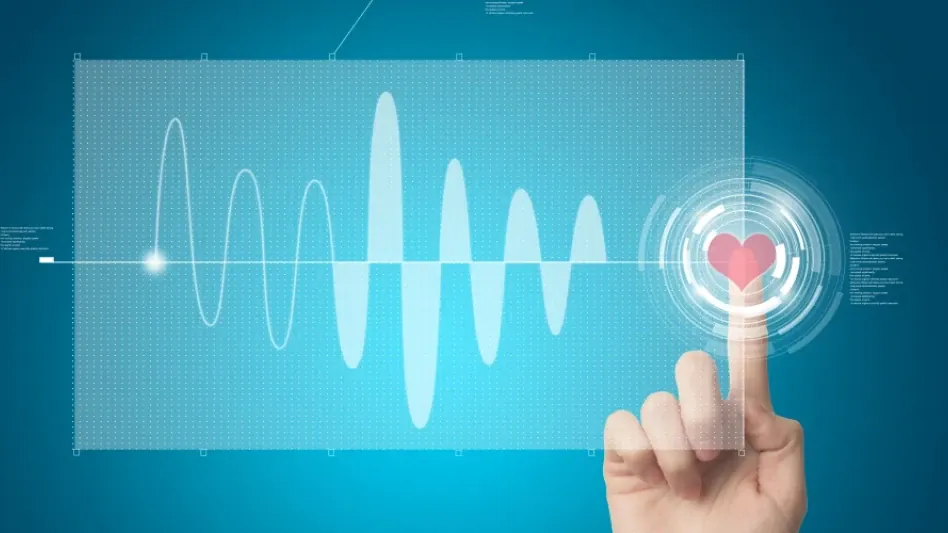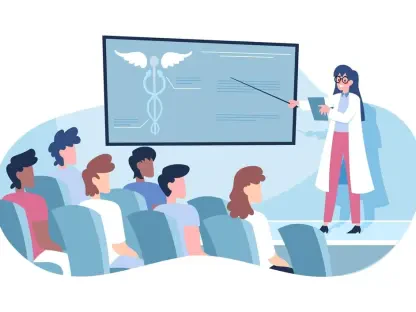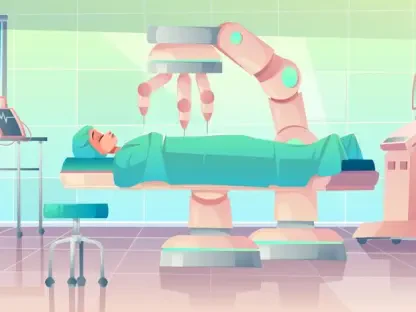The health information technology (health IT) landscape is set for significant advancements in 2025, promising to build on the foundation laid in 2024, a year marked by the vigorous integration of artificial intelligence (AI) and a surge in cybersecurity breaches. Colin Hung, the chief marketing officer and editor of Healthcare IT Today, who attended 53 health technology industry conferences in 2024, provides an insightful glimpse into the key trends shaping health IT in the coming year. These trends encompass a range of areas including telehealth, AI applications, remote patient monitoring, novel technologies, and cybersecurity.
“Right-Sizing” of Telehealth
The COVID-19 pandemic brought about an unprecedented increase in telehealth usage, driven by the need for social distancing and limitations on in-person visits. However, as communities returned to normalcy and medical offices reopened, telehealth usage began to decline. Now, telehealth is finding its niche, particularly in fields like behavioral health and oncology, where it addresses specific needs and challenges. For instance, telehealth stands out as a valuable tool for behavioral health, easing the burden of provider shortages, and for oncology patients who face considerable challenges in accessing physical consultations due to mobility constraints.
A significant development in telehealth is the rise of asynchronous communication methods, such as voice texts between patients and providers. These methods enable quick and convenient interactions for minor health concerns like prescription refills or brief check-ups, thus reducing the necessity for in-person visits. This trend aligns with the overarching demand for healthcare services that are not only effective but also convenient and patient-centered. The continuation of funding for such telehealth modalities also suggests a focus on maximizing the efficiency and accessibility of healthcare delivery.
Continued Use of AI for Specific Applications
In 2024, the adoption and integration of AI within hospitals and health systems saw significant growth, with reputable institutions such as Mount Sinai and Vanderbilt University spearheading the establishment of dedicated AI centers. One notable application of AI in healthcare has been the implementation of AI scribes, which assist in documenting doctor-patient interactions, thereby alleviating the administrative workload on healthcare providers. This technology has proven to be highly beneficial by ensuring accurate and efficient preparation of summaries for electronic health records (EHRs).
Despite the rapid uptake and enthusiasm surrounding AI, there remains a level of skepticism regarding its capabilities in clinical settings. A primary concern is the lack of transparency in the data used to train AI models and the robustness of the validation studies conducted to ensure their efficacy and reliability. While AI has secured U.S. Food and Drug Administration (FDA) approval for certain diagnostic applications, such as identifying tuberculosis in chest X-rays, healthcare professionals emphasize the need for ongoing transparency and rigorous testing. The potential for AI to enhance processes like selecting appropriate billing codes further underscores its growing integration into comprehensive healthcare operations.
Hospital-at-Home Programs and Remote Patient Monitoring
Remote patient monitoring technologies have emerged as key enablers of the hospital-at-home model, which has gained traction as a means to reduce the strain on hospital capacities and address staffing shortages. Devices such as wireless blood pressure cuffs and other remote monitoring tools facilitate patient care from the comfort of home, allowing for continuous health monitoring and timely interventions. This approach not only improves patient outcomes but also optimizes resource utilization within healthcare systems.
The evolution of virtual care encompasses a variety of implementations, and hospital-at-home programs are expected to see considerable growth going forward. These programs, supported by advancements in remote patient monitoring technologies, cater to a wide array of patient needs, providing a viable solution for chronic disease management, postoperative care, and other medical conditions that require consistent monitoring and care. Moreover, the focus on integrating these systems seamlessly into healthcare workflows underscores the trend toward comprehensive and continuous patient care, bringing forth a paradigm shift in how healthcare services are delivered.
Novel Technologies and Wearables
With the increasing integration of novel technologies and wearable devices, healthcare is witnessing a transformative shift toward more personalized and data-driven care. Emerging gadgets such as smart spoons that track calorie intake, fitness watches, and health-monitoring rings that measure sleep patterns and heart health are gaining acceptance and trust among healthcare professionals. These wearables are proving to be valuable tools for monitoring and improving patient health, offering real-time insights and facilitating proactive interventions.
LiDAR technology, known for its applications in autonomous vehicles and environmental mapping, is being explored for its potential in healthcare settings. By utilizing pulsed lasers to create detailed maps of environments, LiDAR sensors can monitor patient movements, detect falls, and enhance overall patient safety within healthcare facilities. Institutions such as Indiana University Health and Mayo Clinic are at the forefront of utilizing AI assistants like Luna, which assist in personalized patient care, including supporting Alzheimer’s care and detecting REM sleep behavior disorders. These innovations highlight the expanding scope of AI and wearables in delivering targeted and effective patient care.
Cybersecurity
The health information technology (health IT) arena is poised for substantial progress in 2025, building on the strong foundation of 2024. Last year marked a significant push towards the integration of artificial intelligence (AI) and an alarming rise in cybersecurity breaches, highlighting the sector’s evolving landscape. Colin Hung, the chief marketing officer and editor of Healthcare IT Today, who attended 53 health technology industry conferences in 2024, provides valuable insights into the major trends that will shape health IT in the coming year. The anticipated advancements span various domains, including telehealth, AI applications, remote patient monitoring, emerging technologies, and cybersecurity. As 2025 unfolds, these advancements are expected to enhance patient care, streamline healthcare operations, and address ongoing challenges in data protection. These trends not only reflect the rapid technological advancements but also the increasing focus on safeguarding sensitive health information in an era of digital innovation.









